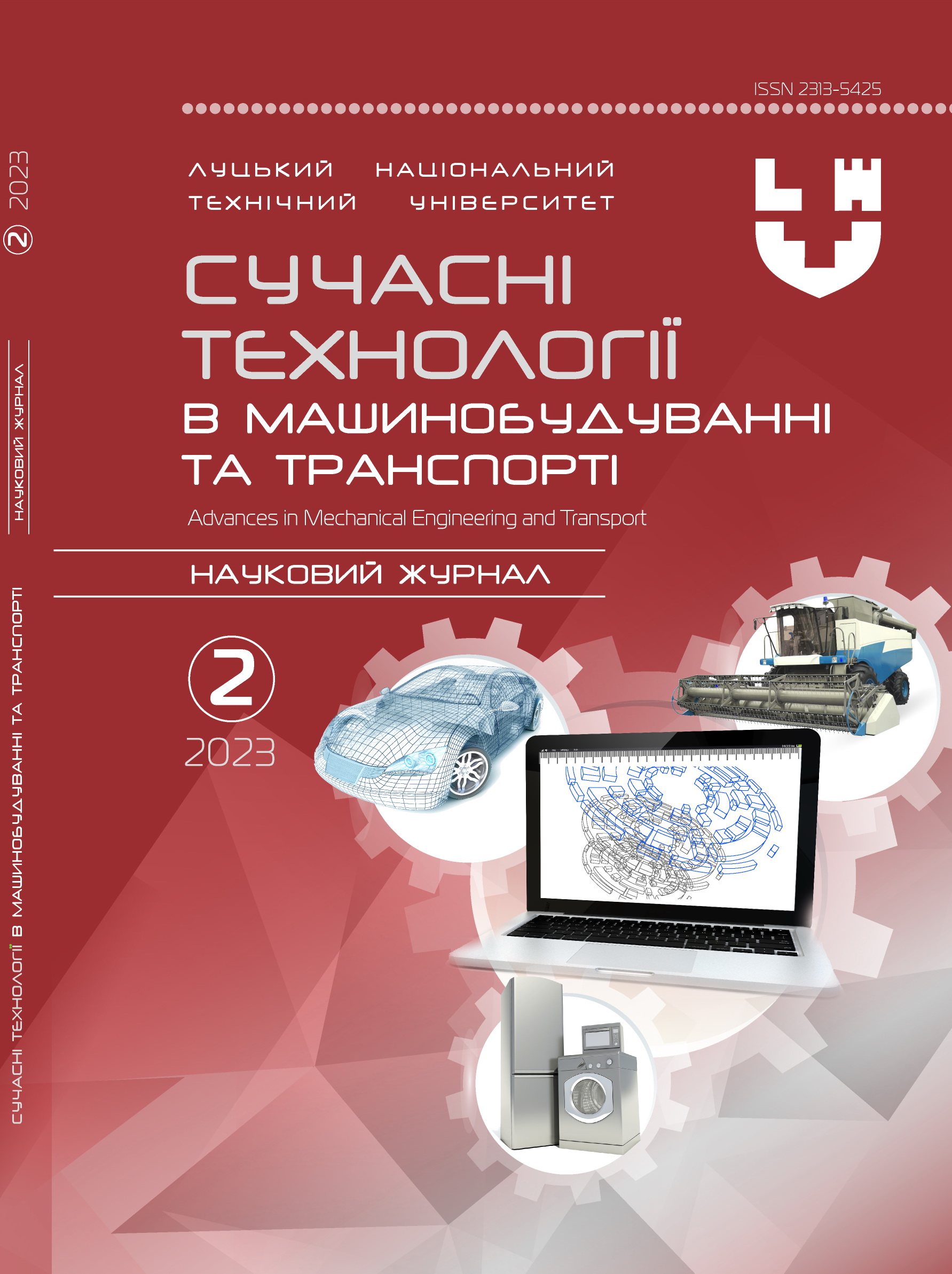Basic steps and methods for increasing the wear resistance of mated parts with tribotechnical characteristics
Abstract
Increasing the wear resistance of rotating parts is a complex task and requires an integrated approach that combines materials science, engineering and processing technologies. Wear resistance is a key characteristic for ensuring long-term and reliable operation of machinery and equipment. Choosing a rational method of machining rotating parts plays an important role in achieving this goal.
To improve the wear resistance of mating machine parts, the study of the interaction between surfaces in contact with each other under friction, wear, and lubrication using tribology is an important task in engineering and mechanical engineering It includes aspects related to material composition, motion, and loads, which helps to develop rational solutions to improve the wear resistance of rotating parts. Selecting the right materials for the manufacture of parts can take into account their resistance to friction and wear, proper lubrication of parts and the selection of the right lubricant and lubrication system can improve the performance of rotating parts.
The use of special coatings (carbon nanotubes, ceramics) or surface treatments can improve wear resistance. Applying the principles of tribology to part design can help create a design that minimizes stress and friction on the surface. The use of various laboratory tests and models can help to study the interaction between surfaces and predict the performance of rotating parts in real-world conditions.
Keywords: rotating parts of machines, wear resistance, tribology, parts coating, friction surfaces, parts lubrication.




